As playground equipment ages and weathers, the materials used in its construction increase their potential for deterioration. Unless carefully monitored and maintained, the physical properties of these materials weaken until the materials become easy to break or structurally fail.
Metal corrodes… Wood rots… Plastic degrades.
A previous article addressed metal corrosion. A future one will address wood. Plastic, which is used by nearly every manufacturer of public playground equipment in the United States, has unique physical properties that can be readily observed as they age, weather, and degrade.
Several types of plastics (technically known as “polymers”) are used by play equipment manufacturers. Plastic playground components (slide chutes, roofs, tunnels, hoods, rocking riders, and panels) are either injection molded, compression molded, or rotationally molded polyethylene — the most common plastic used by play equipment manufacturers. Clear bubbles are usually polycarbonate. Expanded metal decking, steps, platforms, wire mesh, and chain may be coated with polyvinyl chloride. Track ride wheels may be polyurethane, the same type of plastic used to sheathe cable. Impact attenuating surfacing is commonly bound together with a polyurethane resin. Some manufacturers also use polypropylene and high-impact polystyrene. All are polymers.
Manufacturers include additives such as colorants, antioxidants, UV stabilizers, and plasticizers in the processed plastic. None of these are permanent. Colorants are what give plastic its color. Antioxidants retard deterioration caused by oxygen in the air. Plasticizers are added to polymers to facilitate the molding process. In time and with exposure to heat, antioxidants will eventually deplete and plasticizers will evaporate out, causing the plastic to become more brittle and rigid. UV stabilizers are used over time, taking the abuse from UV light instead of the plastic.
Aging is the deteriorating effect of exposure outdoors over time. For plastic, aging is accelerated by exposure to two environmental extremes: heat and ultraviolet (UV) radiation. Both of these solar effects accelerate plastic degradation by exposure intensity and longevity. In other words, the more sun exposure plastic playground components receive, the quicker they deteriorate (longevity). Playgrounds receiving hours of daily sun in the southern portions of the United States are affected more so than playgrounds located in the northern United States (intensity).
The processes are called heat degradation (thermal oxidation) and UV degradation (photooxidation). Together they cause the plastic to change chemical bonding and other physical properties that can be identified in the Maintenance Needs Assessment before the plastic is prone to breakage or structural failure. The following are systematic of this degradation.
Discoloration – Fading of dark colors and yellowing of white. This is especially noticeable with dark red, which will fade to orange or pink. Today manufacturers are using better colorant additives to their polymers prior to molding, but plastic components on older play equipment may be bleached as a result of long exposure to the sun and photodegradation. This is normally the first stage of plastic degradation and is a cosmetic rather than a structural effect. Yellowing occurs as a secondary stage of degradation of polycarbonate plastics.
Hazing - The cloudy or foggy appearance of an otherwise transparent plastic.
The most common components that will show this are the polycarbonate bubble windows in panels. Hazing can also cause a dull matt appearance to previously shiny or glossy finishes on opaque colored plastic. This is an early symptom of degradation that may end with embrittlement and loss of the material’s inherent impact resistance to breakage. It also provides a surface that retains fine dirt deposition and supports the growth of mildew, mold, and algae.
Checking - Short shallow cracks on the surface of the plastic.
These form a pattern of dashes sometimes in a random jagged fashion and sometimes in a linear or starburst arrangement. Checking often occurs the same time as chalking, and are indicators of the second stage of plastic degradation.
Crazing - Fine cracks which may extend in a network on or under the surface of a plastic material.
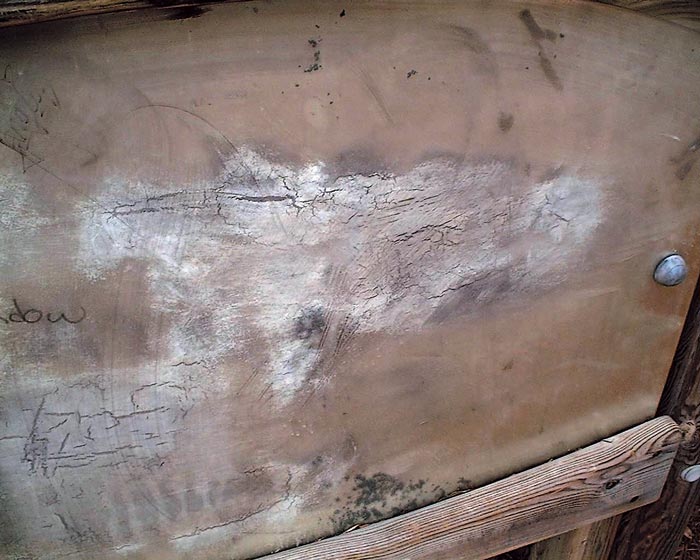
They appear like swirls of long hair-like waves. These are other secondary indicators of plastic degradation.
Chalking - The formation of a powdery dry, chalk-like appearance or deposit on the surface of a plastic.
This is most common for old white, rigid plastic components.
Embrittlement – Plasticizers are added to polymers to make them more flexible and easily processible in molding. Over time and with exposure to heat, the plasticizer will evaporate out of polymers.
The loss of plasticizer causes polymers to become more brittle and rigid, accelerating the potential for impact breakage. This occurs as a late stage of plastic degradation.
Not all systematic conditions occur on degrading plastics. For most plastics, the progression of symptoms begins with discoloration, continues with checking or crazing, and then becomes brittle. Others may skip discoloration and start with checking and chalking and becomes brittle. Clear plastic tends to turn a milky haze, which then discolors by turning yellow, then becomes brittle.
The NPSI Playground Maintenance Service Program provides training in the proper techniques to identify each stage of plastic degradation in the Maintenance Needs Assessment. The program offers recommendations for corrective actions at each stage of degradation as well as preventive maintenance to protect plastics from accelerated degradation.
Severely weathered plastic materials are more prone to externally caused mechanical injuries. At this stage, plastics are more likely to show the effects of problems such as abrasions, breakage, cracking, combustion, dynamic fatigue, fractures, and warpage. These frequently require repair or replacement of the damaged part. These are also covered in the Playground Maintenance Service Program.


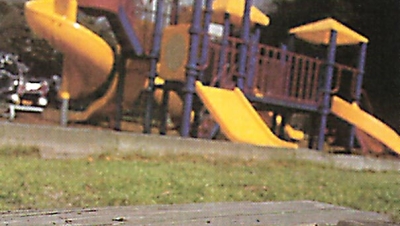
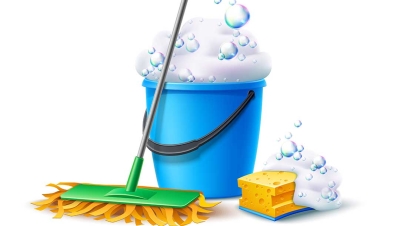




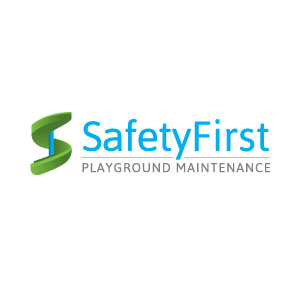

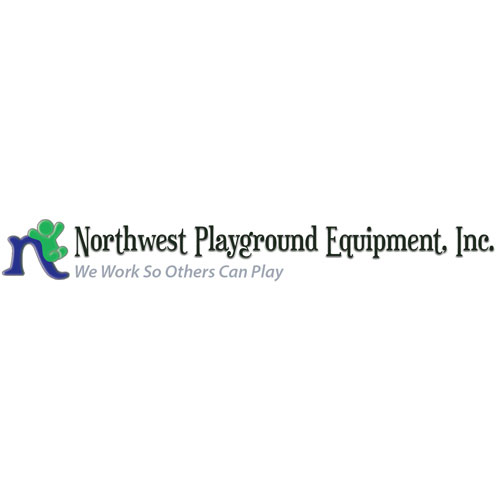


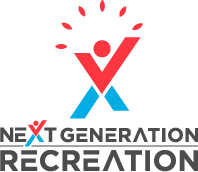


Add new comment